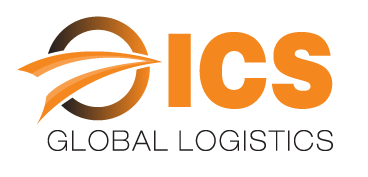Melbourne, the capital city of Victoria, is known for its diverse economy, rich culture, and vibrant lifestyle. However, the city is facing several supply chain challenges that are impacting its growth and development. In this blog, we will discuss some of the major supply chain challenges that Melbourne is facing and the potential solutions to overcome them.
Supply Chain Challenge 1: Congestion on the Roads
One of the major supply chain challenges that Melbourne is facing is the increasing congestion on its roads and highways. The city’s population is growing rapidly, and this is leading to increased traffic on the roads, which in turn is causing delays in the delivery of goods. This is affecting the city’s businesses, as they are unable to deliver their products on time, resulting in lost sales and decreased customer satisfaction.
Supply Chain Challenge 2: Lack of Skilled Labor
Another challenge that Melbourne is facing is the lack of skilled labor in the logistics and transportation industry. The city’s logistics and transportation industry is facing a shortage of skilled workers, which is affecting the efficiency and effectiveness of the supply chain. This is resulting in increased costs and delays in the delivery of goods.
Supply Chain Challenge 3: Inadequate Infrastructure
The city is also facing challenges in terms of infrastructure development. Melbourne’s infrastructure is not able to keep pace with the city’s rapid growth, resulting in bottlenecks in the supply chain. This is affecting the city’s businesses, as they are unable to transport their goods efficiently, resulting in increased costs and delays in delivery.
Supply Chain Solutions
To overcome these challenges, Melbourne needs to focus on implementing supply chain solutions that can improve the efficiency and effectiveness of its supply chain.
Solution 1: Use of Technology in Logistics and Transportation
One of the solutions that can be implemented is the use of technology in logistics and transportation. The use of technology, such as GPS tracking, can help to reduce congestion on the roads and improve the delivery of goods. This will help businesses to optimize their supply chain and increase their efficiency.
Solution 2: Investment in Infrastructure Development
Another solution is to invest in the development of infrastructure that can support the city’s growth. This includes the development of new roads and highways, as well as the expansion of existing ones. This will help to reduce congestion and improve the delivery of goods. This will also help to create better connectivity between different areas in the city, resulting in faster and more efficient transportation of goods.
Solution 3: Trained labour
The city also needs to focus on developing a skilled workforce in the logistics and transportation industry. This can be done by investing in training and education programs that can help to develop the skills of workers in the industry. This will help to improve the efficiency and effectiveness of the supply chain. A well-trained and skilled workforce will enable businesses to handle logistics and transportation more efficiently, resulting in cost savings, and better customer service.
Conclusion
Melbourne is facing several supply chain challenges that are impacting its growth and development. These challenges include congestion on the roads, lack of skilled labor in the logistics and transportation industry, and inadequate infrastructure development. To overcome these challenges, Melbourne needs to focus on implementing supply chain solutions that can improve the efficiency and effectiveness of its supply chain. By addressing these challenges, Melbourne can ensure a smooth and efficient supply chain that supports the city’s growth and development. These solutions include the use of technology, investment in infrastructure development, and development of a skilled workforce, which will help to optimize the supply chain and improve the city’s economy.

